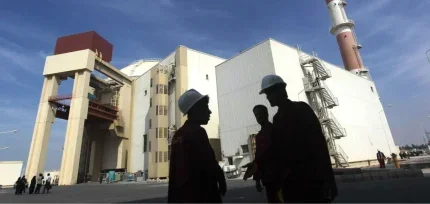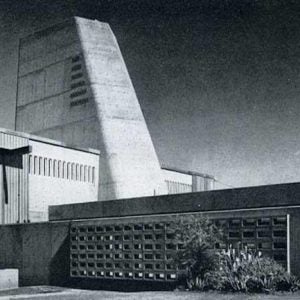
China’s State Council has reaffirmed the country’s commitment to new nuclear with the approval for development of 11 new reactor units across five sites. The investment for the 11 units is expected to reach some 220bn yuan ($31bn) in total.
China General Nuclear Power (CGN Power) said in a statement to the Hong Kong Stock Exchange that it had received approval to construct six new nuclear power reactors. These include approval for CGN Power subsidiary Shandong Zhaoyuan Nuclear Power Co Ltd to construct two 1,214 MWe Hualong One reactors as units 1&2 of the Zhaoyuan NPP in Shandong province.
CGN subsidiary CGN Lufeng Nuclear Power Co Ltd was approved to build two 1,245 MWe CAP1000 reactors as units 1&2 of the Lufeng NPP in Guangdong province. CGN Cangnan Second Nuclear Power Co Ltd received approved to build two 1,215 MWe Hualong One reactors as units 3&4 of the Cangnan San’ao NPP in Zhejiang province.
“Currently, the company is carrying out various preparatory work for the construction of the above-mentioned units in an orderly manner, the full construction of which will begin when the Permit for Nuclear Power Station Construction has been obtained from the National Nuclear Safety Administration,” CGN said in a statement.
Meanwhile, China National Nuclear Corporation (CNNC) said Phase I of Xuwei will include two Hualong One PWRs and one HTGC reactor. It will be the world’s first high-temperature gas-cooled reactor to be coupled with a PWR for high temperature steam production for industrial process heat together with electricity. The project will reportedly supply some 32.5 million tonnes of industrial steam together with over 11 TWh annually.
In addition, State Power Investment Corporation (SPIC) has been given approval for two CAP1000 PWRs for phase 1 of the Bailong nuclear power plant, the first to be developed by SPIC in Guangxi Zhuang Autonomous Region. Four further CAP reactors are planned for later phases of the project.
In November 2022 the Ministry of Ecology & Environment announced the formal acceptance of the environmental impact assessment documents covering the site selection stage for Zhaoyuan NPP, which is planned to host six Hualong One units.
Two Hualong One units are already under construction at Lufeng NPP as units 5&6. The site is also to have four CAP 1000 units (1-4), the first two of which have now been approved. The CAP1000 design is the Chinese version of the Westinghouse AP1000.
The San’ao plant is China’s first nuclear power project with private equity participation. The project includes plans to build six units with Hualong One reactors. Units 1&2 are already under construction.
The five nuclear projects, which include advanced designs like the Hualong One and a Gen IV HTGR represent the largest number of units approved at one time and bolsters China’s commitment to advancing its nuclear credentials.
Commenting on the development George Borovas, Partner nuclear practice lead at Hunton Andrews Kurth, said: “China’s approval of new nuclear reactors further demonstrates the country’s reliance on atomic energy for energy security and its commitment to reducing emissions. The reactors will feature various designs, including the latest Chinese Gen III+ and Gen IV models. With China poised to surpass the US and France in nuclear power capacity by the end of the decade, the Chinese government’s commitment to nuclear power is undeniable. Importantly, however, this domestic push and commitment will soon impact China’s export ambitions. We can expect China to become even more active in the international market, competing with reactors from the US, France, Russia, South Korea, and Japan”.






